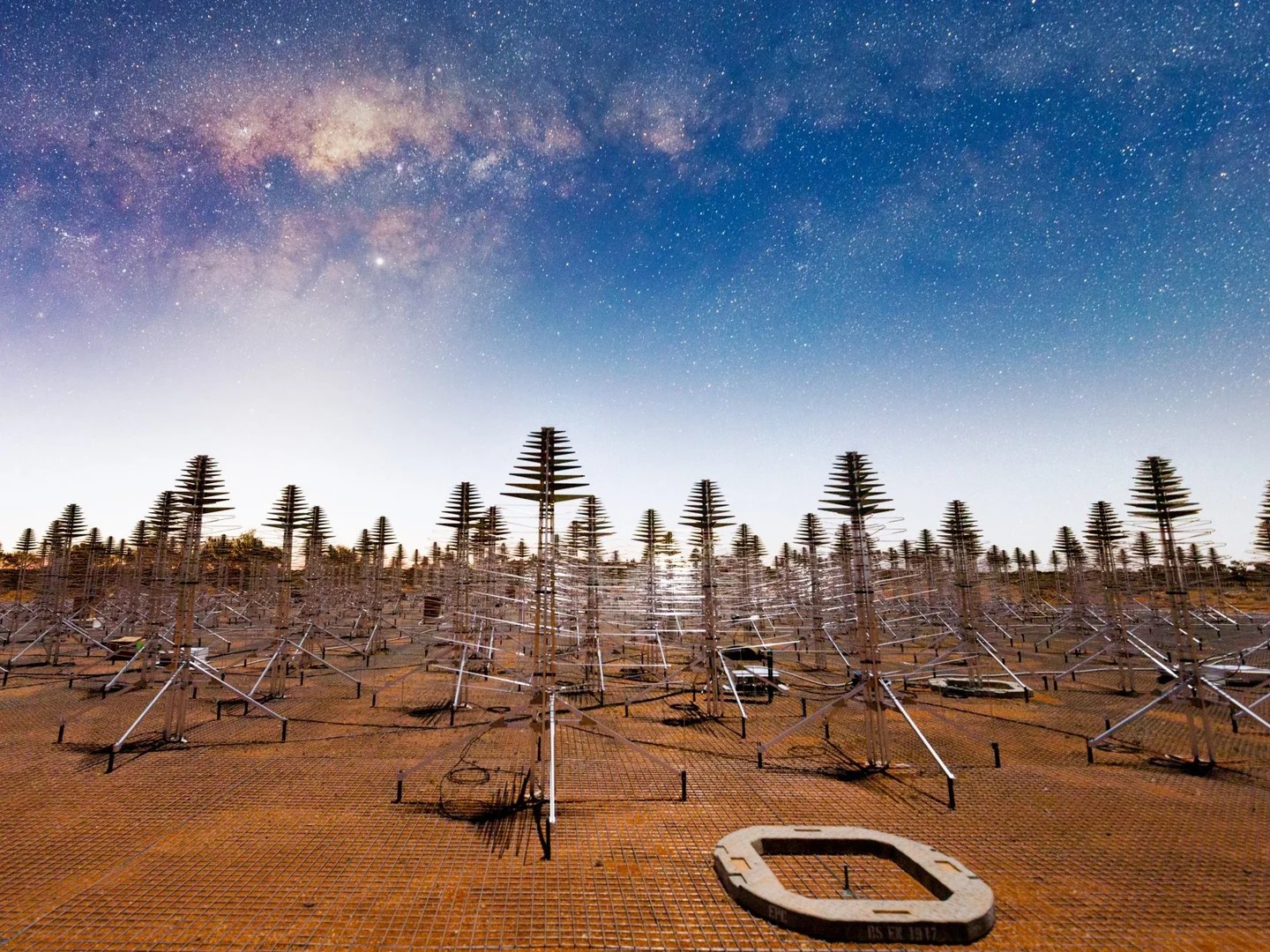In Australia, the construction of an array of 130 thousand radio telescopes covering an area of more than a square kilometer has begun. Hence the name of the project — Square Kilometer Array (SKA). According to its CEO, SKA can become one of the greatest scientific achievements of mankind.

SKA was first proposed in the 1990s. It will combine thousands of antennas in Western Australia with a network of antennas in a remote region of South Africa to create one large unified “virtual dish” system. The result will be a radio telescope so susceptible that it can detect the smartphone signal in an astronaut’s pocket on Mars at a distance of more than 200 million km, says Danny Price of the Curtin Institute of Radio Astronomy.
The first phase of the project is expected to be completed in 2028. This will be only a tenth of the final goal, involving the installation of a million antennas. SKA antennas will be installed in places very far from cities in order to reduce the amount of radio interference, which will allow detecting very weak signals created by sources billions of light years away from us.
Such huge numbers indicate a 50-year life span of the project. During this time, scientists plan to have time to answer some of the most ancient and relevant questions of astronomers about the Universe, including studies of Einstein’s theory of relativity, the nature of dark matter, dark energy and, possibly, even extraterrestrial life.
Earlier we reported on how ESO demonstrated success in building an Extremely large telescope.
According to PopSci
Follow us on Twitter to get the most interesting space news in time
https://twitter.com/ust_magazine

